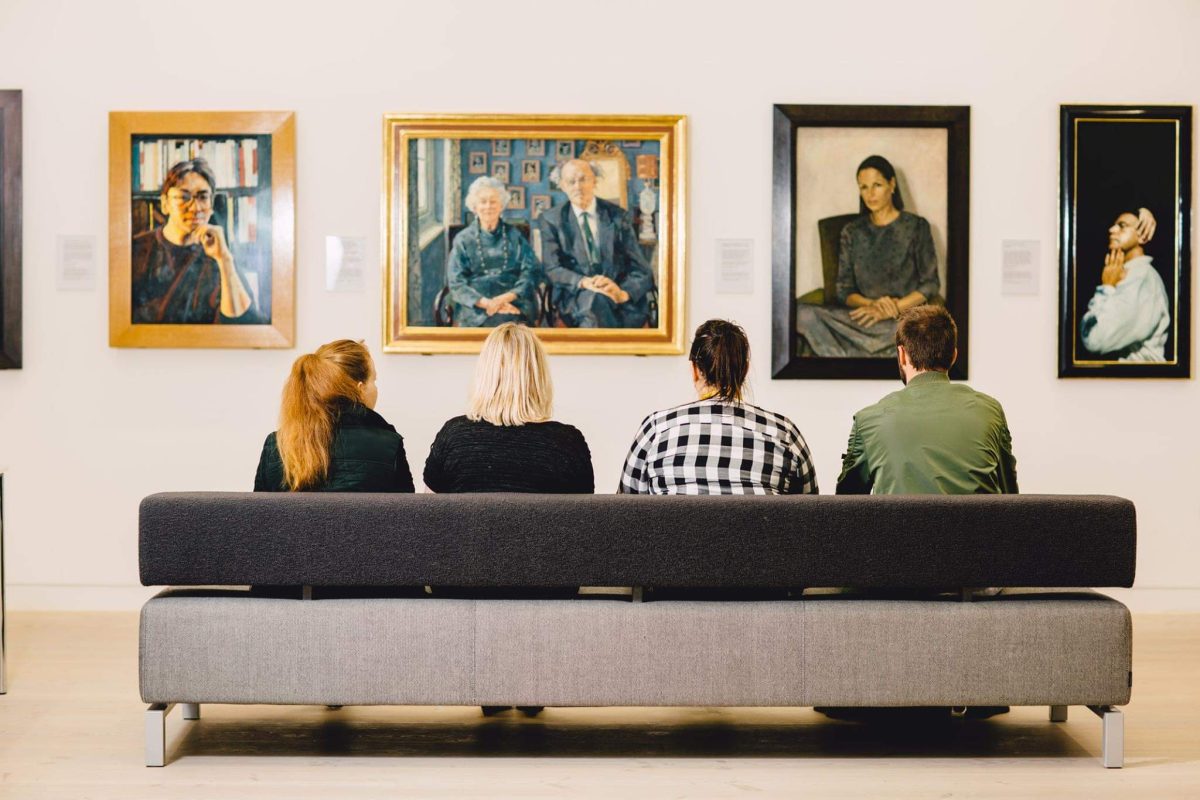Spotlight Guest Contributor – Dr Marianne Gilchrist We always invite suggestions for our Spotlight lists and in February we welcomed the contribution of our library colleague and Historian, Dr Marianne Gilchrist, who as a child began a lifelong fascination with Aubrey Beardsley. ‘When you go into the University Art Collection, one of the first pictures […]
Author: Guest Contributor
Welcome to the first quarterly blog from the Brynmor Jones Library Spotlight Team. So, who are we, and what do we do? We are a small group of staff from the Library and Hull University Archives Customer Experience teams who, each month, highlight resources through themed reading lists, social media posts, and book displays in […]
By Chimgozirim Prince Ejim, MSc, Energy Engineering. Student Volunteer, University of Hull Library We all have had this thought at one point or the other. It often starts as a feeling of weariness when the thought of doing that activity pops up. Over time, that weariness festers into apathy. You no longer get that sense […]
By Aruni Samarakoon, PhD candidate in Political Science, University of Hull. The global community commemorated an important occasion on the 25th of November: the United Nations’ Elimination of Violence against Women. This day holds particular significance as it coincides with numerous women and children striving to preserve their lives amidst conflict-ridden regions such as Gaza […]

Prior to 2017, the Library exhibition space was originally used in a more corporate fashion; university events, networking events and lunch gatherings were popular within the Academic and University community. It hosted a lectern and chairs most of the time – very formal and most of the time pretty empty. In order to prepare for […]
by Sharon Redgrave When the library was built in 1959 and then extended in the late 1960’s, talk of mobile phones, computers, eBooks, the Internet, and such like would have seemed like the stuff of science fiction. But in 2012, the world was a very different place. This was the year of the London Olympics. […]
The 3rd of January marks the Festival of Sleep, an unofficial calendar event that encourages everyone to rest after the busy holiday period. Given this, and that it is a new year, I thought that it would be a good time to highlight the importance of sleep. More specifically, the role that sleeping plays in […]
November 23rd marks Doctor Who Day. A day which celebrates when the iconic sci-fi show first aired in 1963. You may be asking, “But what has Doctor Who got to do with the University Library?”. Well, I know it seems a little bit random, but stick with me. As a Doctor Who fan, I couldn’t […]
Disclaimer- This blog will discuss the topic of mental health. The writers of this post are not professionals, but former students who want to help current students know what is available to them at the University. The 10th of October marks World Mental Health Day. The theme for this year is ‘Make mental health and […]
Starting university can be quite a daunting prospect. There is a lot to learn in a short space of time. When I started at The University of Hull in 2018 I had to find my lecture rooms, meet new friends and discover new learning styles. It is for this reason that I missed out on […]
